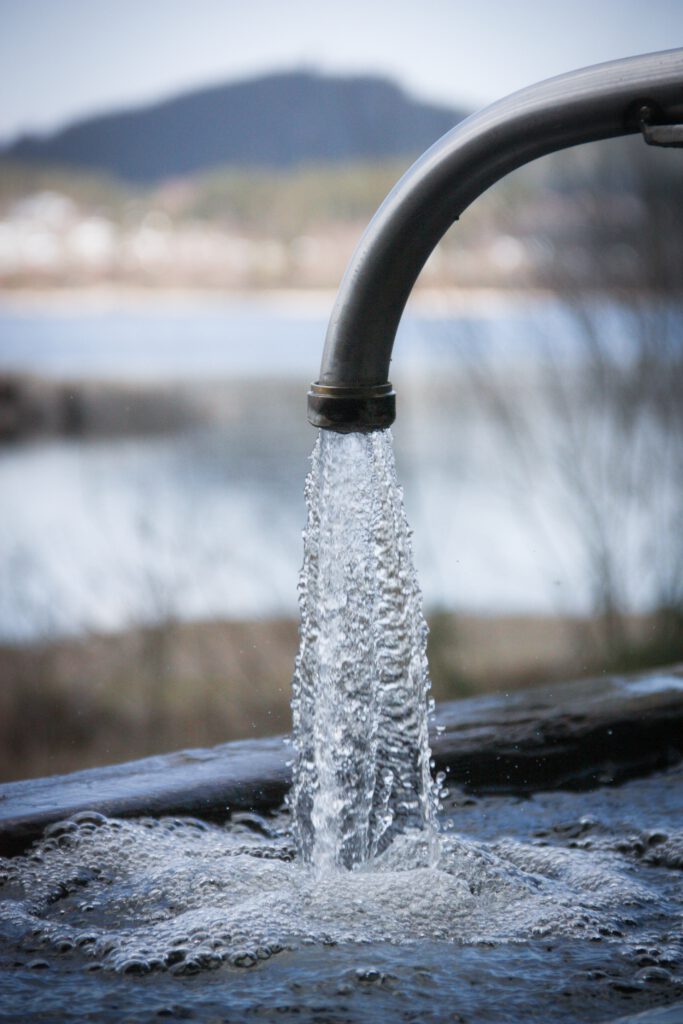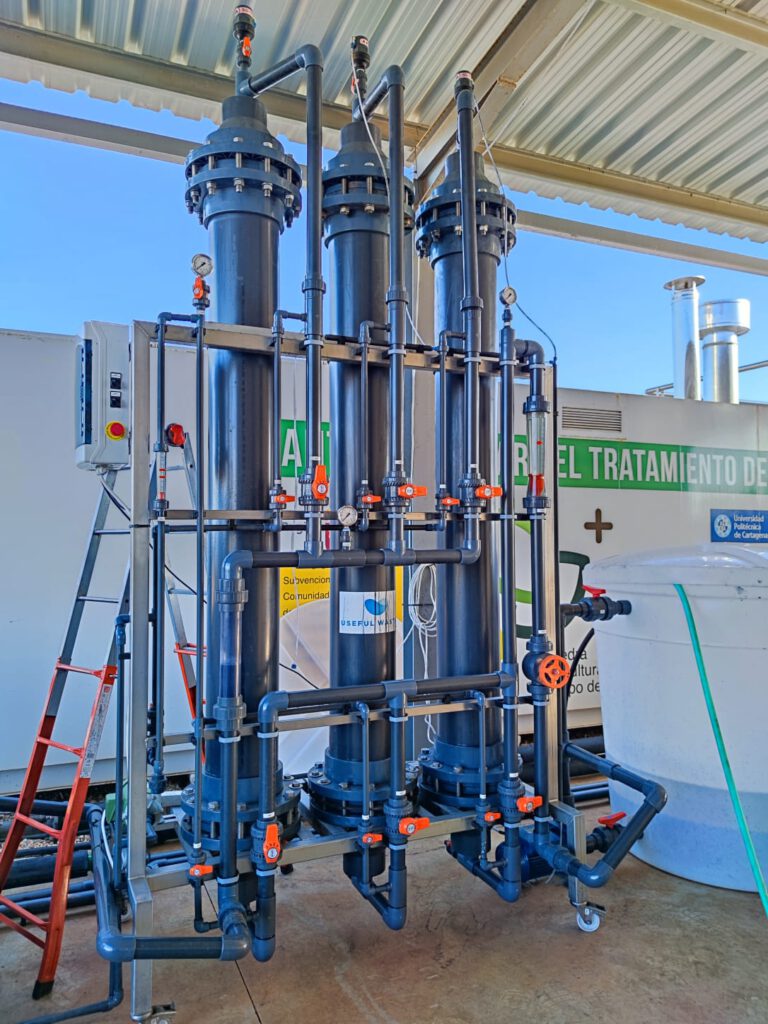Nitrates are one of the most common pollutants present in surface waters and especially in groundwater. A high level of nitrates, whether dissolved in water or food, can have effects negative and is a health risk, especially for babies and young children, who can be at risk of child methahemoglobinemia and cyanosis.
The Health Technical Regulation for Supply and Quality Control of Drinking Water for Human Consumption in European Union (EC) and United States (EPA) establishes 25 mg NO3/l as a guideline level for this component, no desirable for quality guidance purposes, and 50 mg NO3/l for the maximum health allowable level.
Many industrial wastewaters or underground waters are polluted with nitrates due to activities like mining, chemical industry, farms or extensive agriculture. Usually all treatments are focused in remove and concentrate nitrates. Our extensive experience of more than 30 years in nitrates destruction using elactrochemical or catalytic processes can offer to customers reliable, cost effective and environmental-friendly and green solutions like RENSE or NIDEC.
«Our extensive experience of more than 30 years in nitrates destruction using elactrochemical or catalytic processes can offer to customers reliable, cost effective and environmental-friendly and green solutions like RENSE or NIDEC».

RENSE is a blend of natural activated adsorbent materials able to capture nitrates at specific active pores. It is composed by metallic and nonmetallic solid-state elements with active centres that chemically fix nitrate ions. No chemical reactions happens in RENSE products.
NIDEC is a catalyzer activated by strong acid conditions that promote the chemical reactions of nitrates (NO3-) conversion in nitrogen gas (N2).
Customized developoment, testing, scale-up and design applications of RENSE materials into contactors is an speciality of our company.
Due to its modularity it can be applied to large industrial solutions or pilot plants.


Supply of the water to be treated in the contactorr (1), in which nitrates are being retained through a chemisorption process until its saturation. The treated water (5) leaves the filter with an optimal nitrate content with the chosen quality.
Once the RENSE contactor is saturated, the supply of water to be treated is stopped and 35% HCl is injected (2) to activate NIDEC material, which can be recirculated (4) and nitrates are converted in nitrogen gas (N2). The acid consumption is less than 800 g/m3.
Being the RENSE contactor free of nitrates is considered regenerated, adjusting pH by rensing with the addition of recyclable water and begins again (1), starting again the treatment cycle.
We have cooperation agreements for sales and supply in the five continents.
Contact us